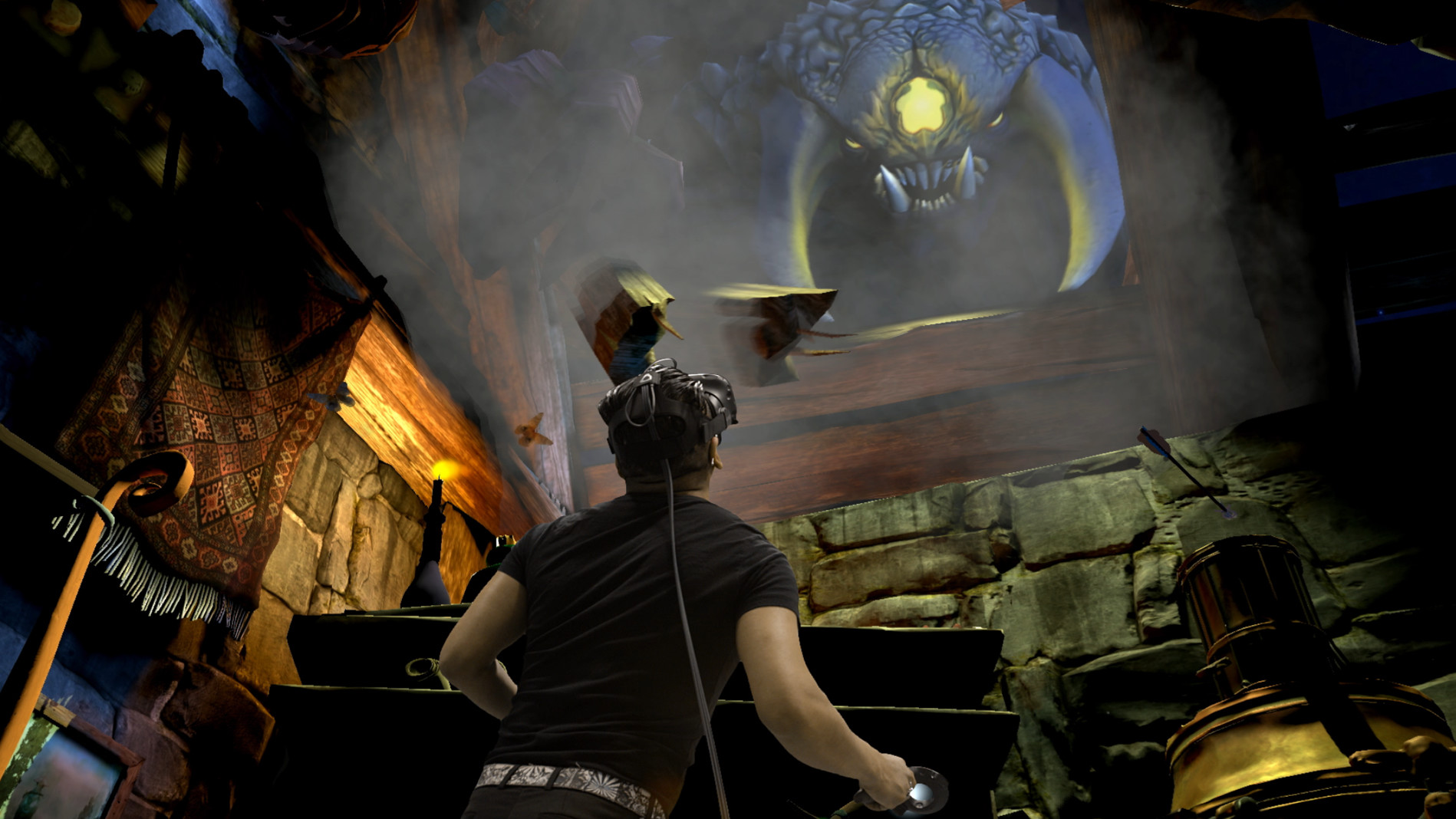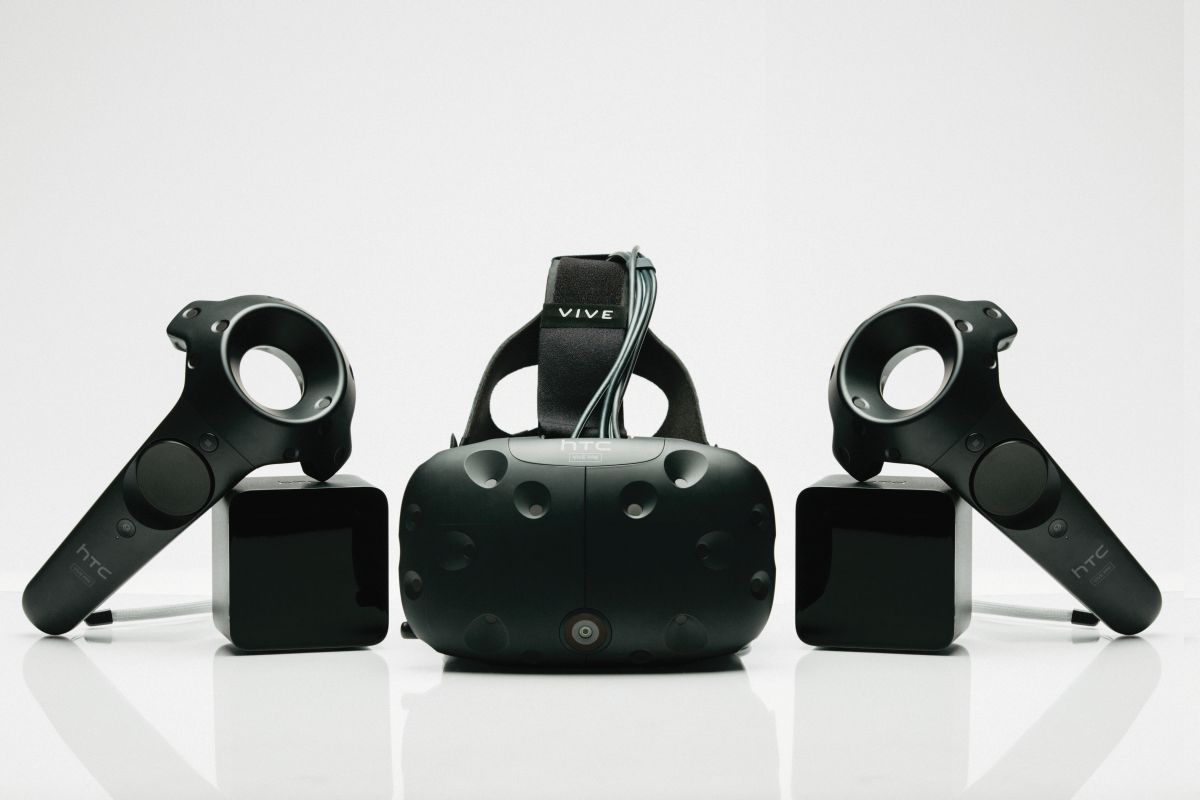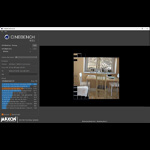
The virtual reality revolution is not just about games, it’s about experiences.
One day you could be floating through a shattered space station in Adr1ft, the next you could be diving underwater in The Blu or just chilling out on a Spanish beach. Sitting with a VR headset on is the first step. Moving around while wearing one is the next.
It’s called room-scale VR and it uses extra sensors placed around a room to track the position of the connected headset and any motion controllers. This advanced setup doesn’t just allow the wearer to look around in virtual reality, but to physically move around any room covered by the sensors. So you can walk, duck or crawl, seeing your movements accurately reflected inside the VR world.
“There’s a moment in The Lab…” says Wired’s Matt Kamen. “You’re drawn to a drain in the centre of the room. Get up close, and you see something move. Kneel down – yes, actually on your hands and knees – and you can poke your head into the grate… prompting the beast inside to leap out and run off. It’s a simple jump-scare, but one so masterfully pulled off in how it lures you in that it bodes well for VR’s growth as a storytelling medium.”

Valve’s The Lab is a series of VR experiences designed to show off the HTC Vive’s room-scale VR tracking.
Room-scale VR shows just what virtual reality is capable of. The HTC Vive already supports it (and comes with two base stations for tracking), while a recent software update for the Oculus Rift has added support for up to four sensors. When these optional sensors are available, it will effectively eliminate one of the advantages the Vive had over the Rift.
People are already taking advantage of room-scale VR. Valve recently released SteamVR data covering the first two months of Rift and Vive usage. This showed that, while 18.5% of players are using VR in a 1 x 1 metre ‘standing-only’ configuration, a whopping 81.5% are using a ‘Play Space’ that measures 2 x 1.5 metres or larger.
“If you’re new to VR, here’s the basics for how a Place Space is defined,” Valve explains on its SteamVR forum. “It’s a rectangular area that players keep clear from floor to ceiling and developers keep their required interactive objects within. Room-scale VR requires a minimum of 2 x 1.5 meters, but VR applications may specify a larger minimum required size.”

Along with the headset, the HTC Vive ships with two speaker-esque tracking base stations and two controllers.
Of course, it’s not all plain sailing. The Vive’s extra sensors can be fiddly to set up — they work best mounted at a height of six feet. But the effort is arguably worth it and the Vive’s base stations can add extra depth and immersion to VR experiences like Job Simulator, Fantastic Contraption, Tilt Brush and Audio Shield.
“There’s something intangibly special about moving around VR with your whole body in tow,” explains Paul James on Road To VR. “Engaging your physical self in virtual worlds seems to unlock new opportunities for achieving presence that felt out of reach with a just a seated experience.”
It’s easy to see where this technology can take us. Dimensional is a VR puzzle game that encourages real-life movement to complete its various challenges. On a grander scale, The Void is developing theme park-style Hyper Reality experiences that let players walk around a real location while playing a VR game.
Room-scale VR with the HTC Vive and (eventually) the Oculus Rift has the potential to transform a great virtual reality experience into an astonishing one.
Enjoy a room-scale VR experience powered by a SAPPHIRE VR-Ready graphics card.
















